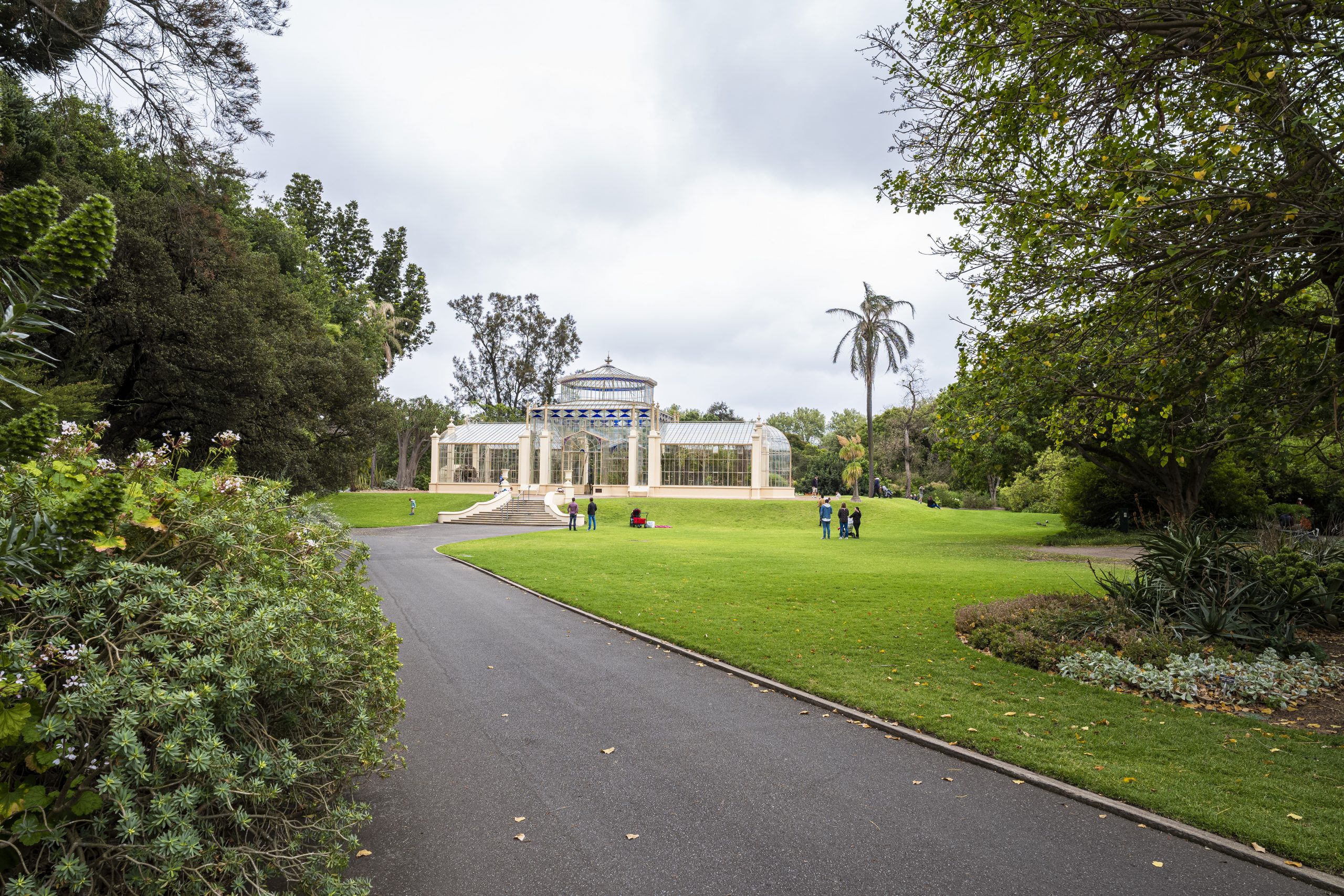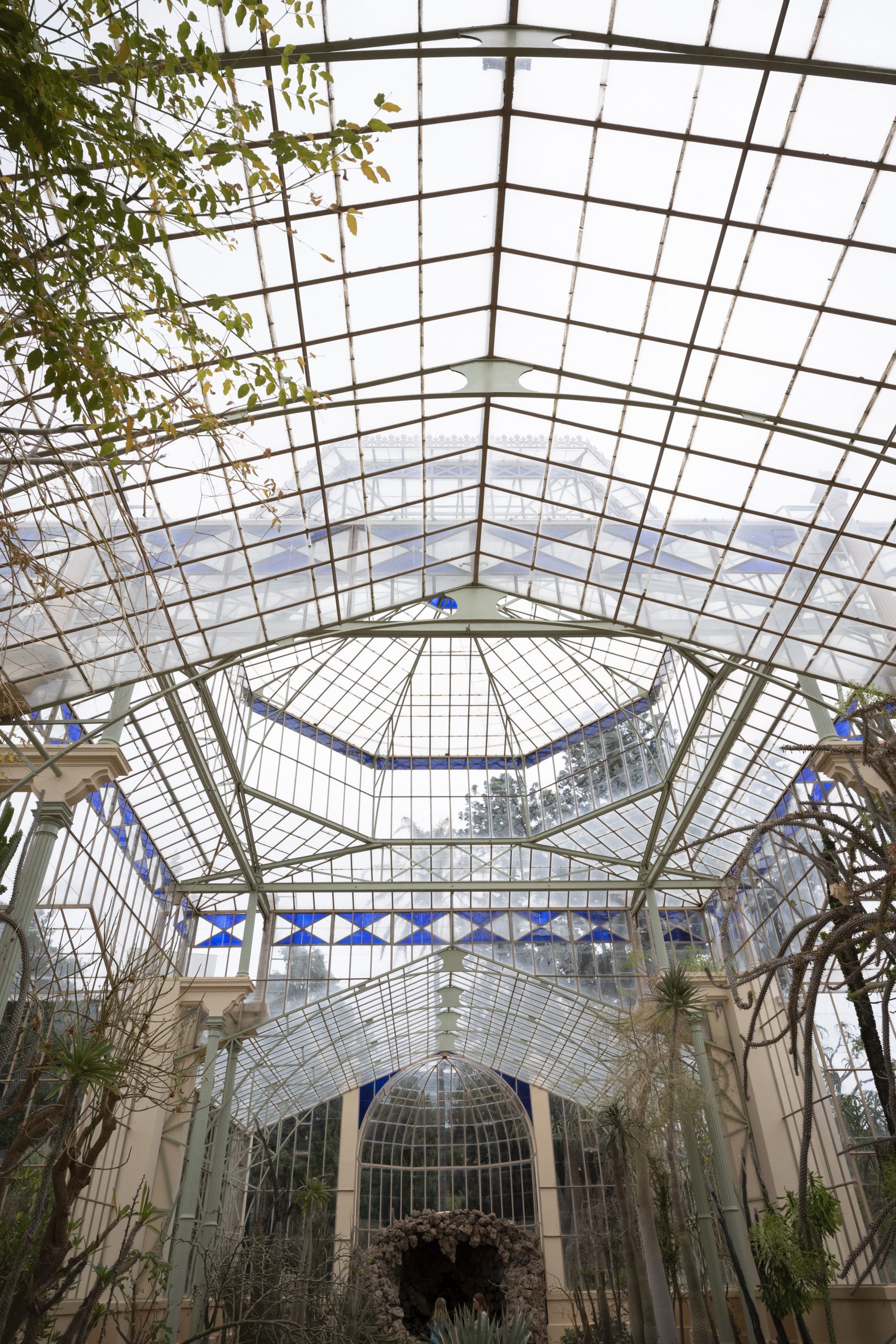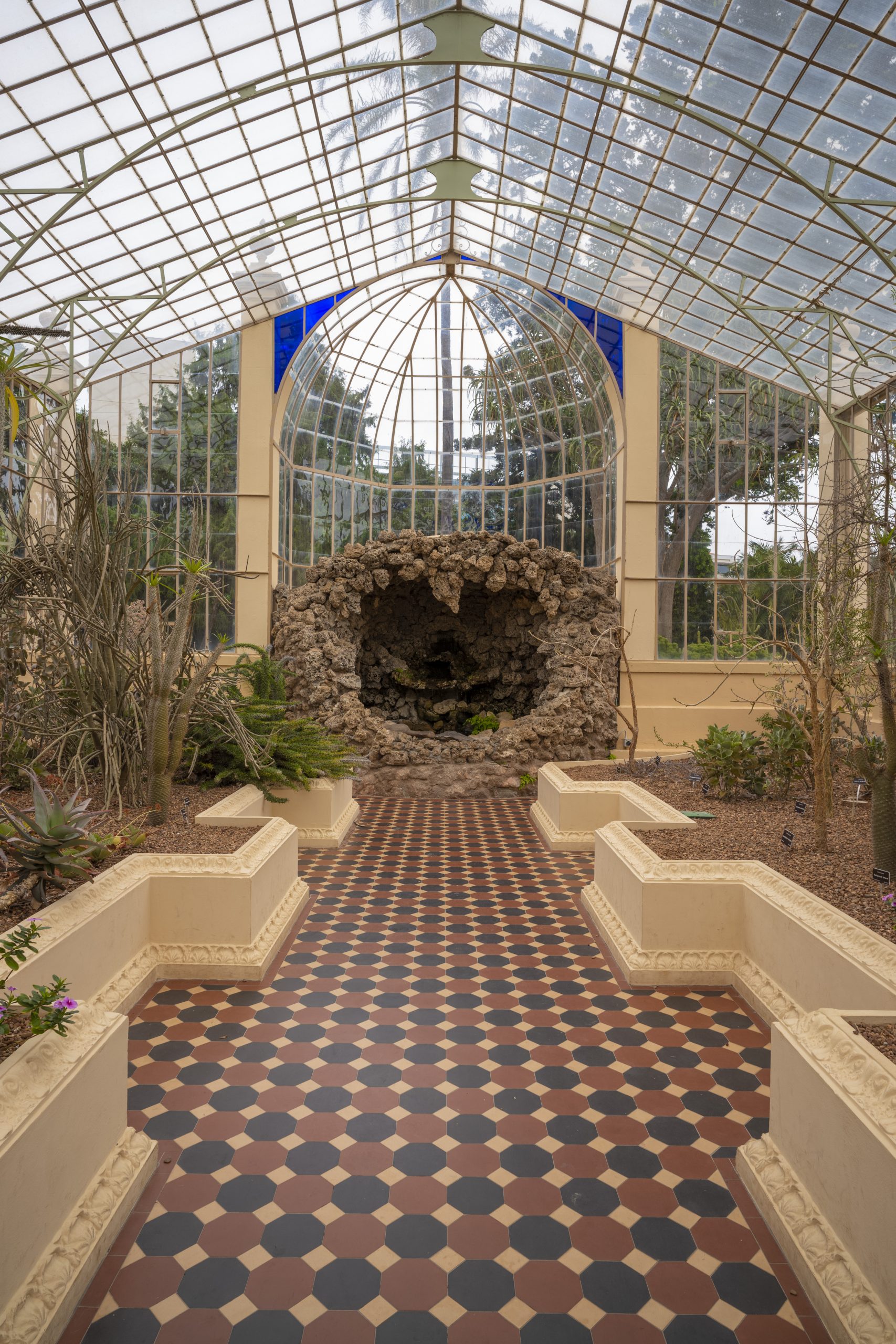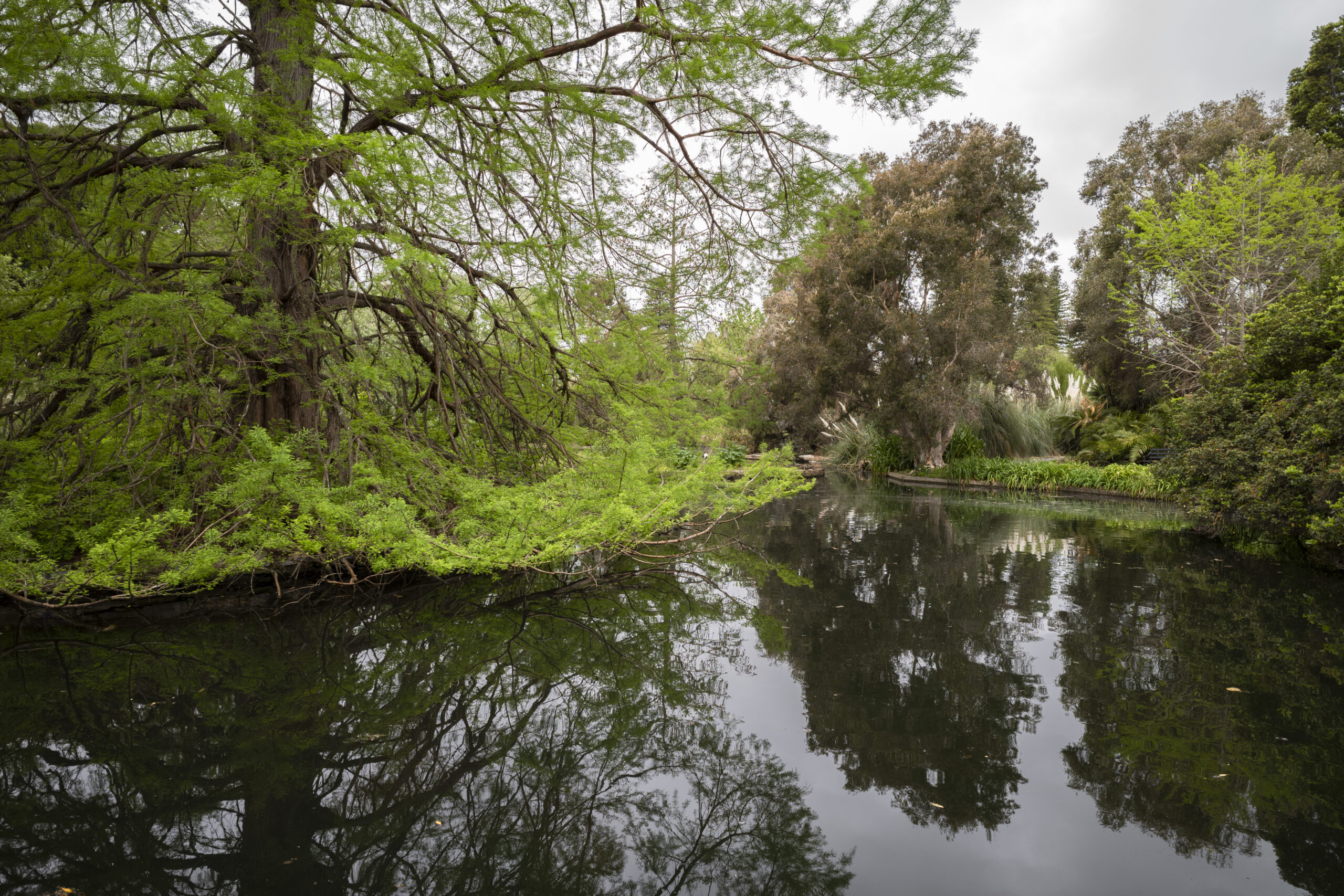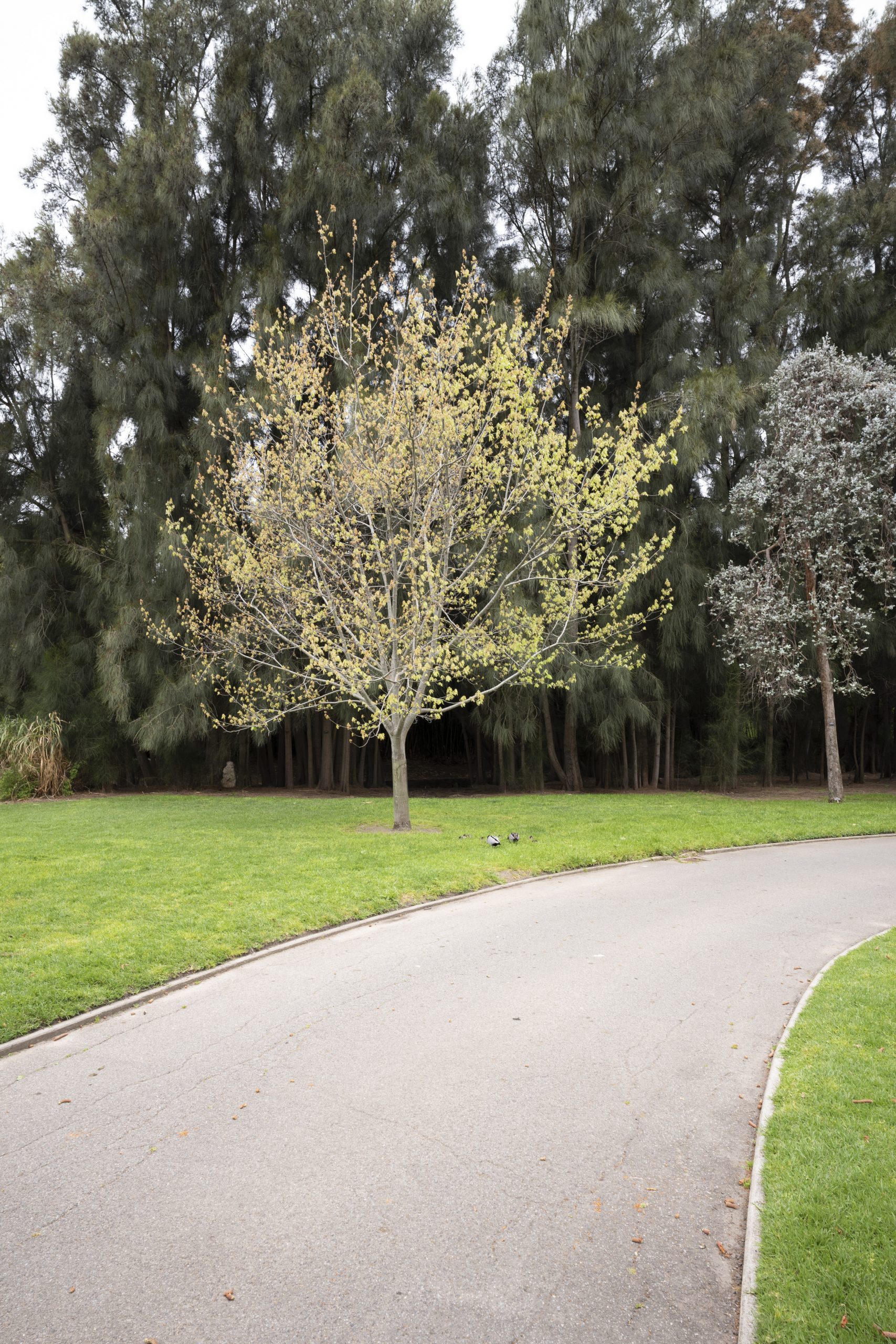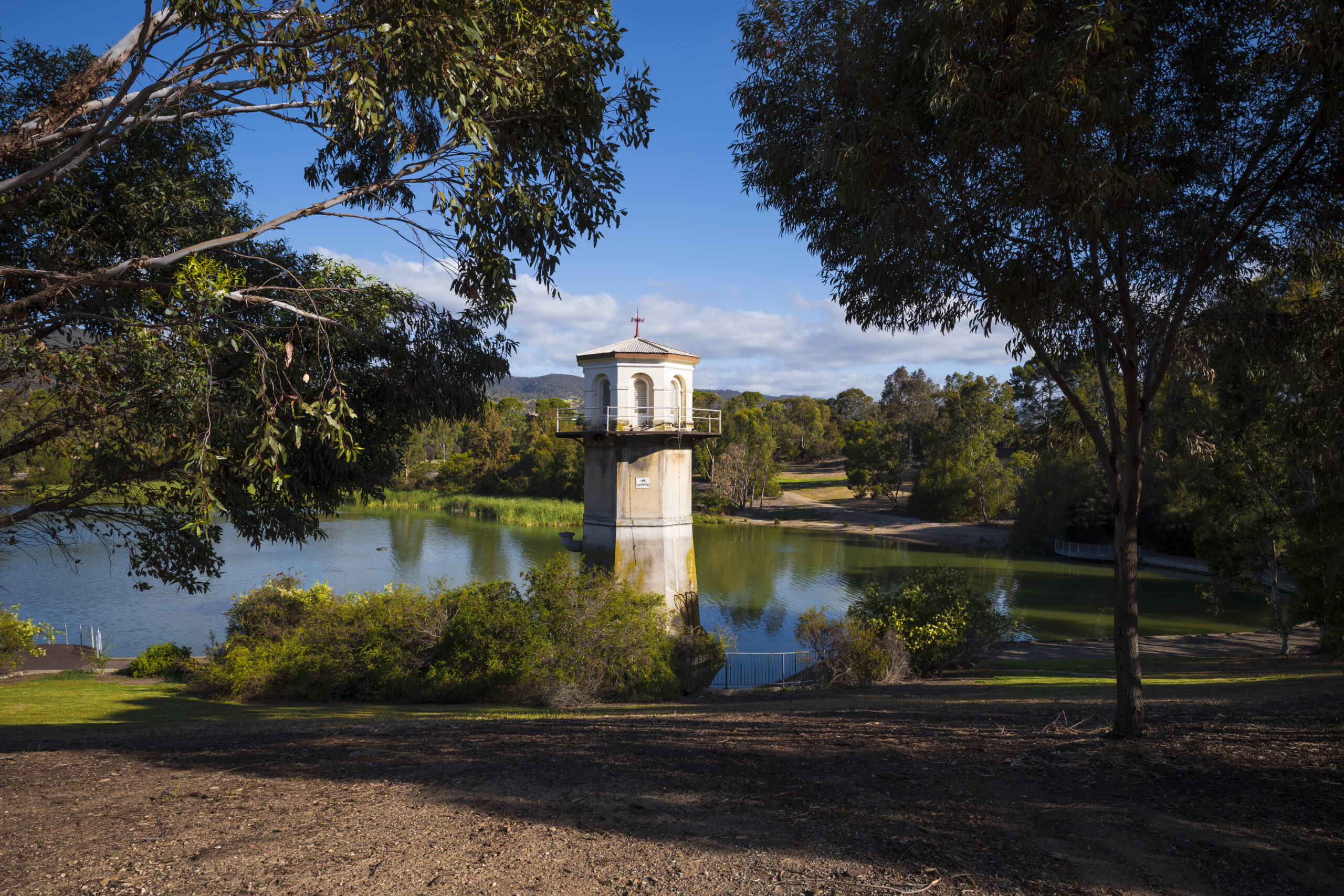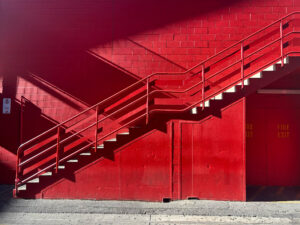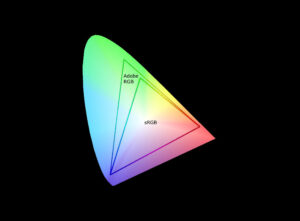- Model Number 11145
- 46mm Filter Thread
- F3.4 to F16 Apature Range
- Four Low Dispersion Elements
- One Double Sided Aspherical Element
- Angle of View [diagonal/horizontal/vertical] 90°/80°/50° (when used on a 35mm sensor or film camera
- 8 Lenses in 7 groups
- With the manual focus, you can focus as close as 70cm or 2.3’
- 263grams (this is important to consider for landscape photography)
- Metal screw on lens hood. The hood does protrude into the viewfinder a bit, but the peep hole sorts that out
Offering a new perspective in rangefinder photography, this 21mm ultra wide wonder is a joy to use and provides breathtaking, sharp and detailed photos on the Leica M system.
The Leica 21mm Super Elmar is one of the slowest Leica Lenses out there. That put me off buying it for a while. But then, I realised for such a wide lens, that is unimportant. A review from Greg on B&H probably sums this lens up for me in one sentence, so if you don’t read anymore of what I have to say, this statement should cover it:
About as perfect as it gets, short of possibly being a little faster, but size is another plus…
Greg at B&H
Why is this lens called a Super Elmar. See How Leica lenses get their names.
This M-Mount lens is built for handheld landscapes and cityscapes. What makes it so great to walk around with is the ultra-light weight. Sure that is the benefit of the Leica M system in general, but when I mount up a Summilux or Noctilux, I do tend to notice the extra weight. For me, I could just be walking around with a small Canon EOS-M or something like that it is so light. Imagine hiking with a lens into the wilderness to capture some new landscapes. This lens is light and easy to do that. I moved away from wanting to look like a fool carrying heavy cameras and multiple lenses when I decided to move away from DSLRs. I wanted something easy to move around with, which was one of the many reasons I chose to move to Leica.
This lens has lived up to all the previous reviews, and performs with typical Leica eye for perfection. It is massively sharp, corner to corner and everywhere in between. I have found it very easy to use on my M10…
Roland B&H Review
Practicality
Leica seems to be moving to normal size filter threads, away from its proprietary sizes. That makes it a lot easier, and cheaper, to find filters for it and use them.
Given that optically, this lens is as sharp as the Summilux 21mm at more than twice the price, and weighs less than half of that lens (Summilux 21mm is 580g, and this Super Elmar is 263g) a practical photographer who wants to use their gear effectively will probably see this lens as a better choice. Plus there isn’t the guilt factor of spending so much money. This is a cost-effective lens, so much so that initially the salesperson tried to talk me out of it and upsell me, telling me that having this lens was like putting cheap tyres on a Ferrari. Well, I have found that not to be so.
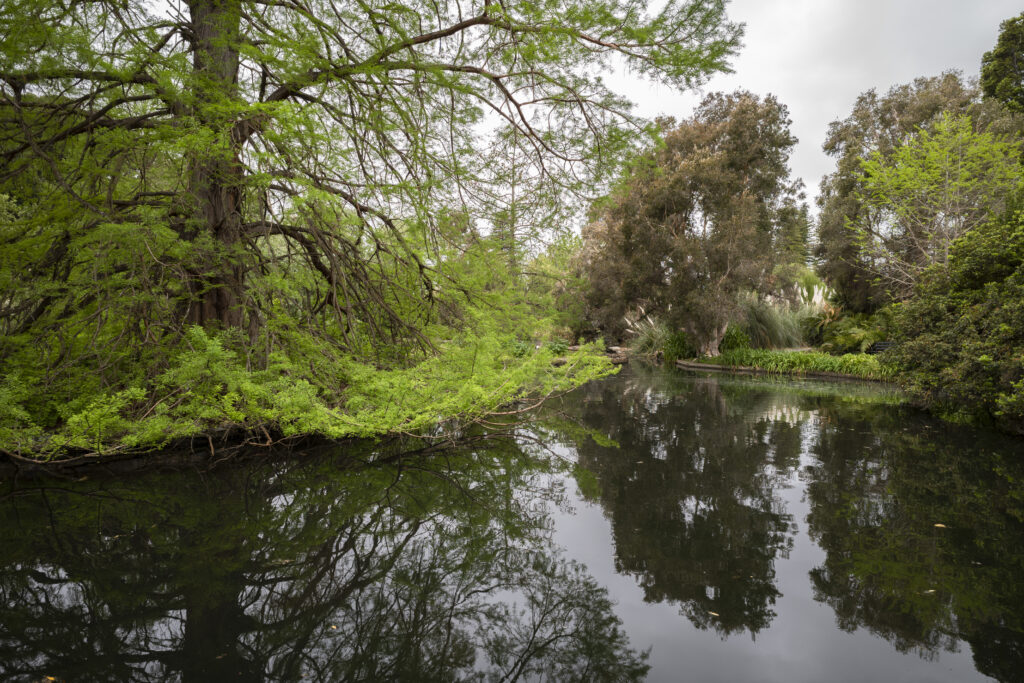
The Lens is winder than the 28mm viewfinder in digital Leica Ms and the Film Leica MP I use. The widest frame lines in these cameras is 28mm, so it takes some getting used to taking photos wider than you can see. On digital you can use live view, but I prefer the experience of focusing through the rangefinder. Sure, on a DSLR or mirrorless system you see everything the lens sees, but I like the fun challenge this lens offers.
How are the Optics?
Optically, the 21mm Super Elmar is sharp. There isn’t any noticeable distortion when used in the real world. I’m not one to do a whole load of pixel peeping, and sharpness tests with charts or taking photos of brick walls, I prefer to mount a lens, head out and take photos.
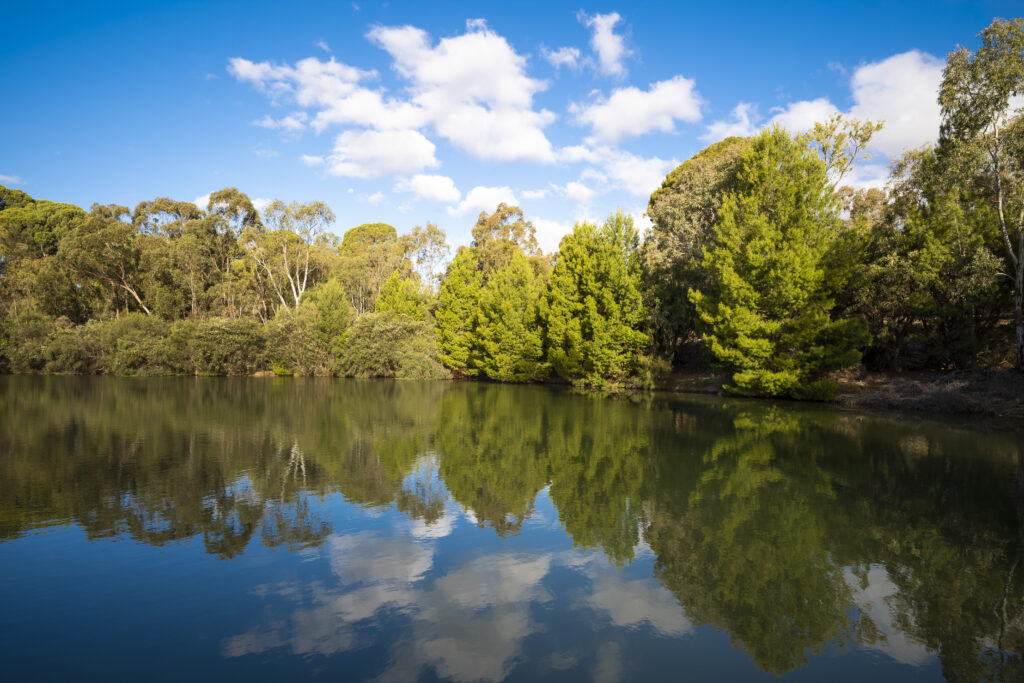
Fully wide, uncropped. This photo to me sums up the performance of this lens in the right hands. The subtle differences in the colour green show how this lens performs so well with subtle tones and colours. This brings out the details in a photo. Leica lenses are sharp, but Leica, unlike any other lens manufacturer puts an emphasis on capturing detail as well. Sharpness and detail are not the same thing.
The unique lack of distortion of this for an ultra-wide gives the lens a unique ability for a 21mm: You can use it for portraits that have a special look to them.

And here, at a 100% crop, you can see the ultra-sharp capabilities of the Leica glass.

Combined with my M10, this lens produces exceptionally sharp images from edge to edge. The build quality is very high, I like the focus tab on this lens. Using the M10 live view mode, thus far I have not purchased an external viewfinder, and think I can work with this lens in that way (time will tell).
John B&H Review
Initial problems
This lens was originally released in 2011 along with the M9-P. However. A recall took place shortly after as the focus was rather stiff. It was redesigned with a wider diameter. Not sure, but apparently some of the older style that were recalled (with a 52mm diameter) are a collector’s item due to their rarity.
This 21mm on an M240/M10 is absolutely perfection. You won’t find a better performing lens on those bodies. Mount this lens on a Leica SL and you will be disappointed. It’s a slightly older lens design and the SL does not have offset microlenses so the result is slightly soft images…a major disappointment.
Clint B&H Review
Practicality
It is easy to zone focus with this lens. Zone focusing is much better, easier, and faster than any auto focus system on a DSLR or mirrorless camera.
How do you Zone Focus?
First, set the distance of your subject on the lens. You can do this with the Leica rangefinder, or by measuring. At the lens’ most open aperture, your subject will be in focus, but whatever is in front or behind will not be, to a varying degree. Use the depth of field chart to choose an aperture to decide and specify how much more in front and behind of the subject you’ve focussed on that you want in focus. This is your in-focus zone. So, in this picture of the 21mm Super Elmar, the lens is currently set to infinity. But, 5m and closer to the camera will be out of focus if the lens is set to its most open aperture of F3.4. However, because F5.6 is selected, everything down to about 2.5m away from the camera is going to be in focus.
Hint: See the F5.6 on the ring and where the white line is pointing?
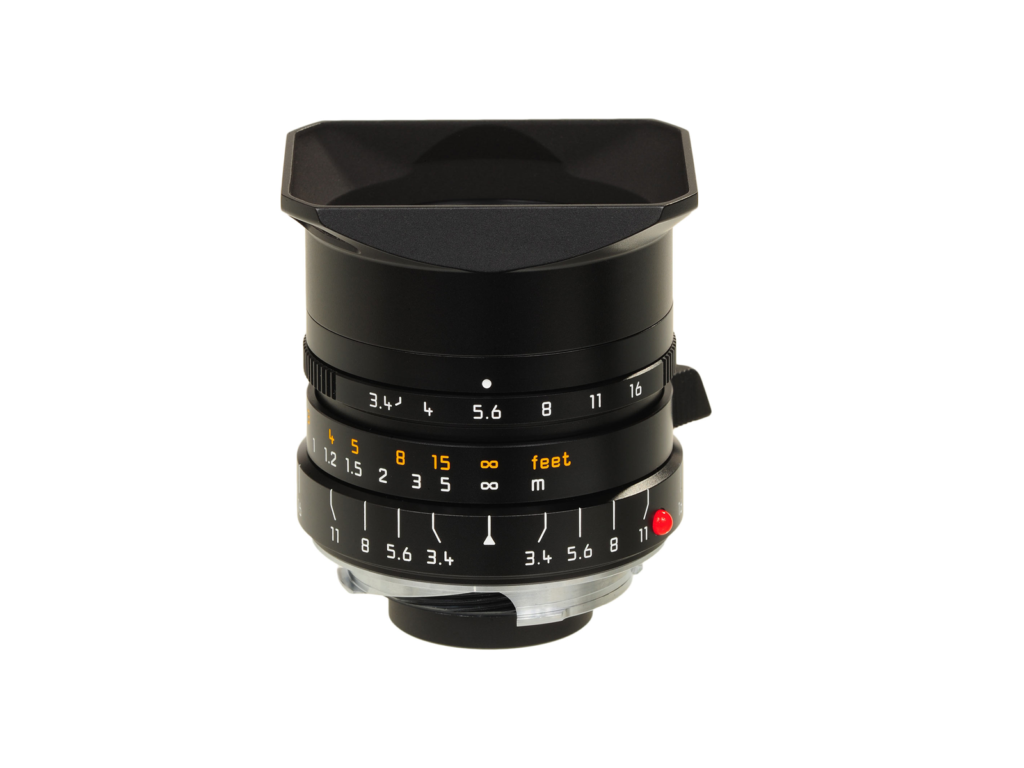
The reason zone focussing is so easy with the 21mm Super Elmar, it that the zones are quite broad. On a tighter lens like a 50mm or above, they tend to be closer together.
How is the Bokeh?
The bokeh is smooth. Being a wide angle, it isn’t going to have super strong Bokeh, but it is still there.
It does help deliver a certain pop to the look of the image.
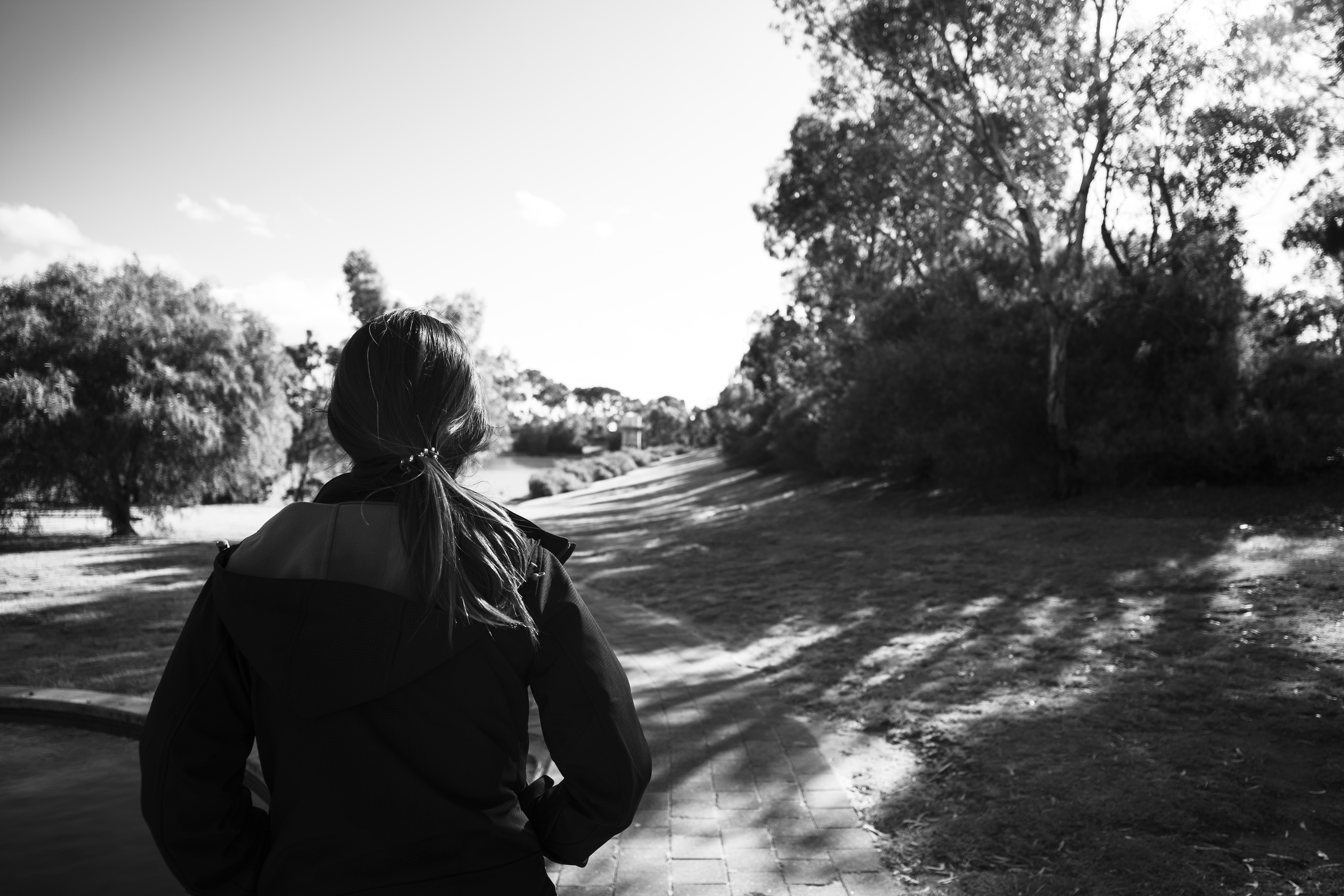
Create some Drama
I tend to prefer straight lines in my photos. That said, the results from tilting a wide angle lens tend to produce some very dramatic results and help you play with different perspectives and the scales of things in your photo.
Getting the exposure right
With ultra wide photos, you tend to get a lot of sky, especially for landscapes or streetscapes. This is normal for a lot of landscape photos, and those who specialise in landscape photography know this. Given the sky will skew your light reading, just tilt the camera to get a reading from the land or street itself, sent your exposure, and re compose. This lens benefits from a polariser on a bright sunny day.

Falloff/Lightroom corrections
If you turn on an off the lens corrections for this lens in Lightroom, you can see Lightoom is applying a lot of correction. But, I’m not sure it needs it, and tend to actually turn it off for this lens. I think Adobe got it wrong here.
Finder blockage
Finder blockage is an issue with a lot of Leica lenses. But you learn to live with it and work around it. Just like you might learn to live with seeing your glasses frames when wearing them.
Lateral Colour Fringe
None that I can detect.
Overall construction
It is typical Leica. Tough, and metal. Like all Leica lenses, as long as it doesn’t get run over by a tank, it will probably last longer than the photographer and work on multiple Leica bodies for years to come.
Am I happy I bought it? Yes. It is truly a joy to use. I buy camera gear to enjoy taking photos with it, and to share my experience.
I have to say, I think Leica could charge more for this lens. It is part of their cheaper line, but the performance adds so much more value to it.
Gallery
